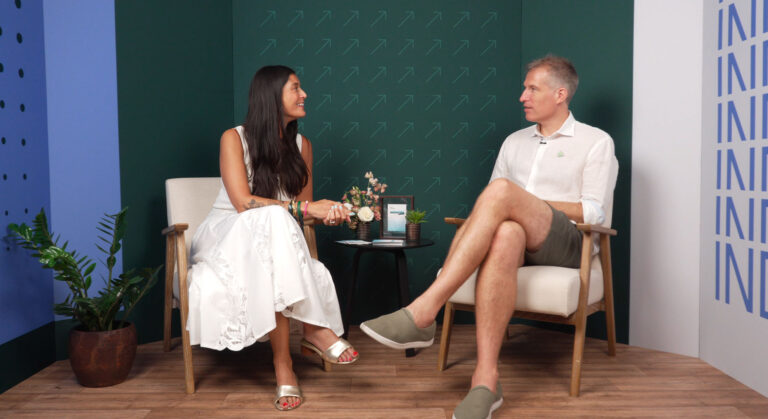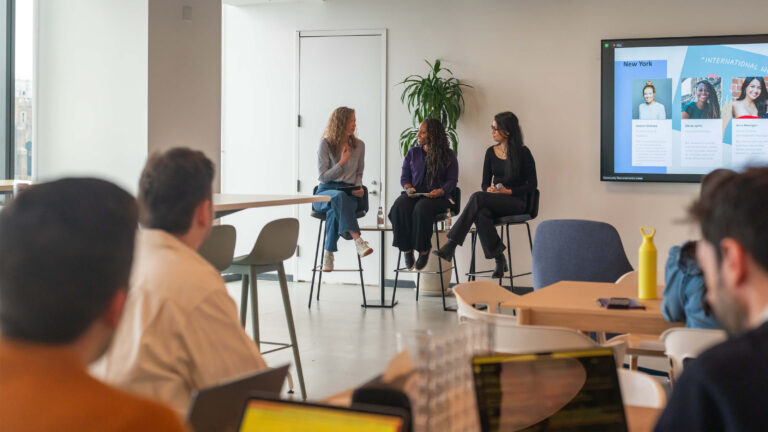The video advertising market, particularly connected TV (CTV) is rapidly evolving. It’s fascinating to think about just how fast the market has accelerated not only globally, but locally. Viewership surged during the pandemic, streaming providers introduced ad-supported tiers and expanded their content libraries, and marketers shifted their budgets to CTV.
In today’s world, 17.4 million Australians spent 50 hours per month streaming video content. In the history of digital advertising, we’ve never seen such an influx of new, premium video become available in the marketplace. This boom provides an unprecedented number of opportunities for media buyers and media owners.
While the opportunity is ripe for the picking, there are some challenges when it comes to how we, as an industry, must evolve to meet the needs of digital consumers everywhere.
To tackle this question, I invited Luke Smith, head of programmatic sales and audiences at Seven West Media, to join me and discuss the current state of the video market, shifting advertising budgets, the nuances of CTV in Australia, and the exciting developments that lie ahead from a measurement perspective.
Here are the top three takeaways about the industry’s video boom and what it means for buyers:
1. Buyers want to reach new audiences on CTV via programmatic
The IAB Australia’s “Video Advertising State of the Nation” report outlined that the top two reasons that media buyers are shifting media dollars into CTV are to increase brand awareness and to meet new audiences through the use of programmatic’s optimised targeting capabilities.
According to Seven West Media, conversations between media owners and marketers have shifted from discussions around on- and off-peak TV buys to questions around frequency capping, reach, and consumer experience. As a result, buyers are diversifying their media mix by adding CTV buys and using the power of programmatic for ad delivery.
“Our job as a publisher is to be able to bring in audiences and make them available to brands. By adding programmatic to the mix, brands can reach our audience more effectively. Programmatic is now the most common transaction method brands are using to reach consumers across our 7plus content. This is primarily due to the programmatic capabilities buyers can access, such as frequency capping, and the ability to execute targeting.”
Luke Smith, head of programmatic sales and audiences
Seven West Media
2. Free ad-supported streaming TV (FAST) holds strong against video on demand
The introduction of video on demand gave consumers new ways to fulfill their desire for content consumption anywhere and at any time. However, according to Seven West Media, the need for live viewing remains strong. The only difference is that the consumption is happening via a connected device instead of a TV aerial.
With FAST services, viewers can consume live free-to-air content via their digital devices. It’s becoming a breeding ground of opportunity for media buyers that haven’t traditionally been able to access audiences via linear TV.
“Live has been the fastest growing area of BVOD in the last 12 months, making up 47% of our overall streaming viewership. We predict that live sporting events will drive that viewership number even further across FAST channels, as supply surges in anticipation of AFL & Cricket streaming deals coming online.”
Luke Smith, head of programmatic sales and audiences
Seven West Media
3. Cross-screen measurement is coming
In the early days of programmatic, the media buyers’ ability to measure the outcome of campaigns, and the audiences they reached, was the catalyst for its rapid adoption in Australia.
As viewership and consumption continue to shift from linear to digital, measurement is one of the last critical steps to showcasing the power of CTV advertising, just as it did for display in the early days. Today, CTV buyers find it difficult to identify the reach and frequency of their campaigns across screens due to the lack of a common identifier stitching experiences together.
The good news is that the industry is banding together to overhaul Australia’s measurement protocols with the introduction of Virtual Australia (VoZ), which is set to clearly define who is watching linear and who is watching digital TV. Additionally, standards and protocols like the IAB Tech Lab’s OpenRTB 2.6 set out to further support the scale of CTV from a technological standpoint, and alleviate viewer experience challenges, such as the risk of ad duplication.
“Our biggest area of opportunity lies around measurement. VoZ aims to identify exactly who is watching on linear TV, who is watching on BVOD, and where there is duplication. That will help brands and advertisers identify which screens get the most engagement, and how to best deliver their message to each audience.”
Luke Smith, head of programmatic sales and audiences
Seven West Media
Learn more about how to harness the power of CTV in 2023 with Index Exchange.
Back to blog



